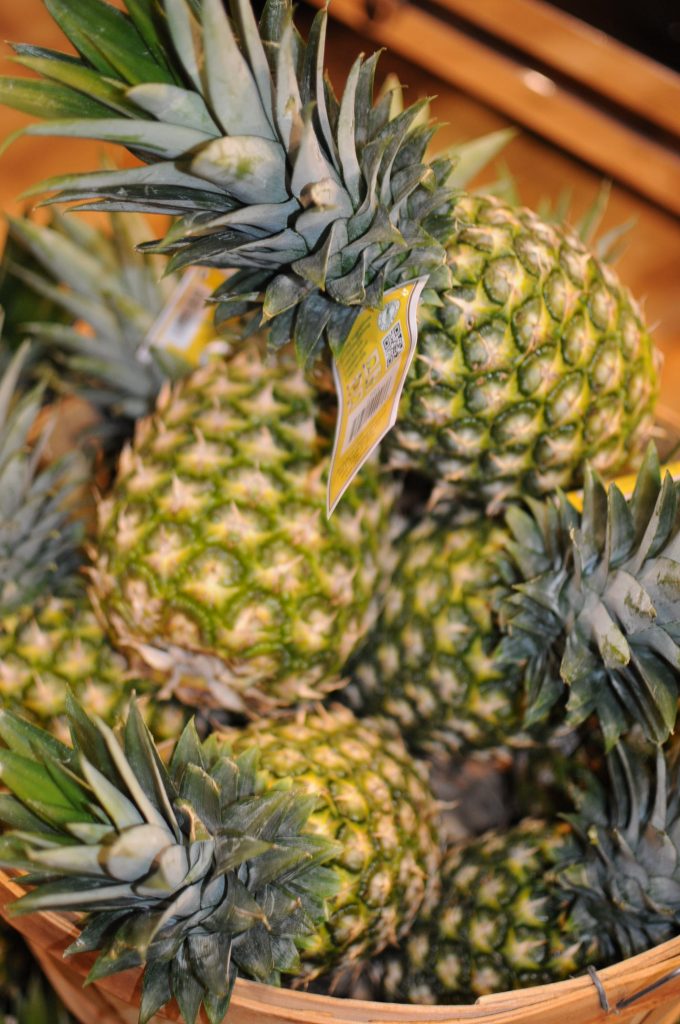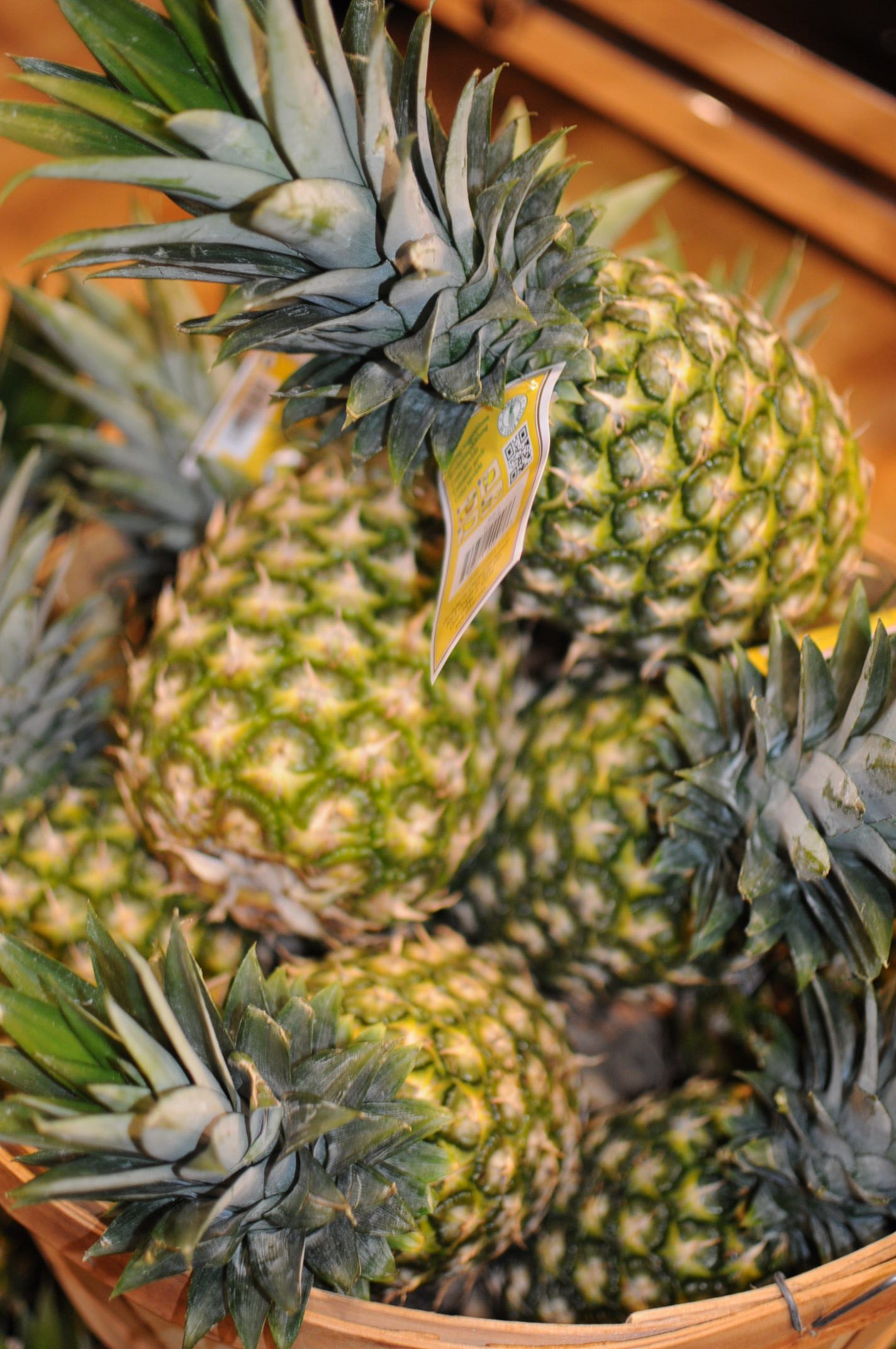Using pineapple leaves to tackle plastics crisis
Researchers Dwi Umi Siswanti and Tiara Putri from Universitas Gadjah in Indonesia are using pineapple leaves as alternatives to plastics, particularly in disposable face masks. According to a 2020 report by environmental group OceansAsia, about 1.56 billion face masks entered oceans globally in 2020. Face masks are made from combination of several types of plastic. There are several layers of plastic in one mask, primarily polypropylene, which are not easily decomposed and will remain in the environment for decades. It could take centuries for them to turn into smaller and smaller microplastics and nanoplastics.
Pineapple leaves contain high levels of cellulose, and thus can be a good alternative to plastic fibres. The researchers’ biodegradable disposable masks are made from fibres obtained from pineapple leaves. This pineapple-leaf fibre is made of roughly 70 per cent cellulose, making them easy to decompose. As the fibre is immersed in the soil, it only takes three days for microorganisms such as fungi or bacteria to begin the degradation process.
Pineapple leaves, which are typically discarded as agricultural waste, have been used to make products such as rope, twine, composites and clothes. It has a more delicate texture than many other vegetable fibres such as hemp, jute, flax and abaca. It has white and lustrous-like silk, about 60cm length on average, and can easily be dyed in a range of different colours.
Pineapple fibre is roughly ten times coarser than cotton. It contains cellulose, hemicelluloses and lignin as its primary components, which make the fibre light, easy to care for and attractive, with a linen-like appearance. The fibre is also much better than regular cotton as it doesn’t contain as many harmful chemicals left over from the manufacturing process. The fibre also can naturally degrade without releasing harmful toxins.
In contrast, cotton is conventionally grown with highly toxic pesticides and fertilisers, and treated with harsh chemicals during the manufacturing process and some of these chemicals are still intact and cannot be washed out.
However, pineapple fibre is not as strong as the plastic fibre, particularly in wet and humid conditions. This may be due to the penetration of water molecules into the molecular chain of cellulose fibre in the plant, which reduces its density and strength, so more research is needed to address this challenge.




